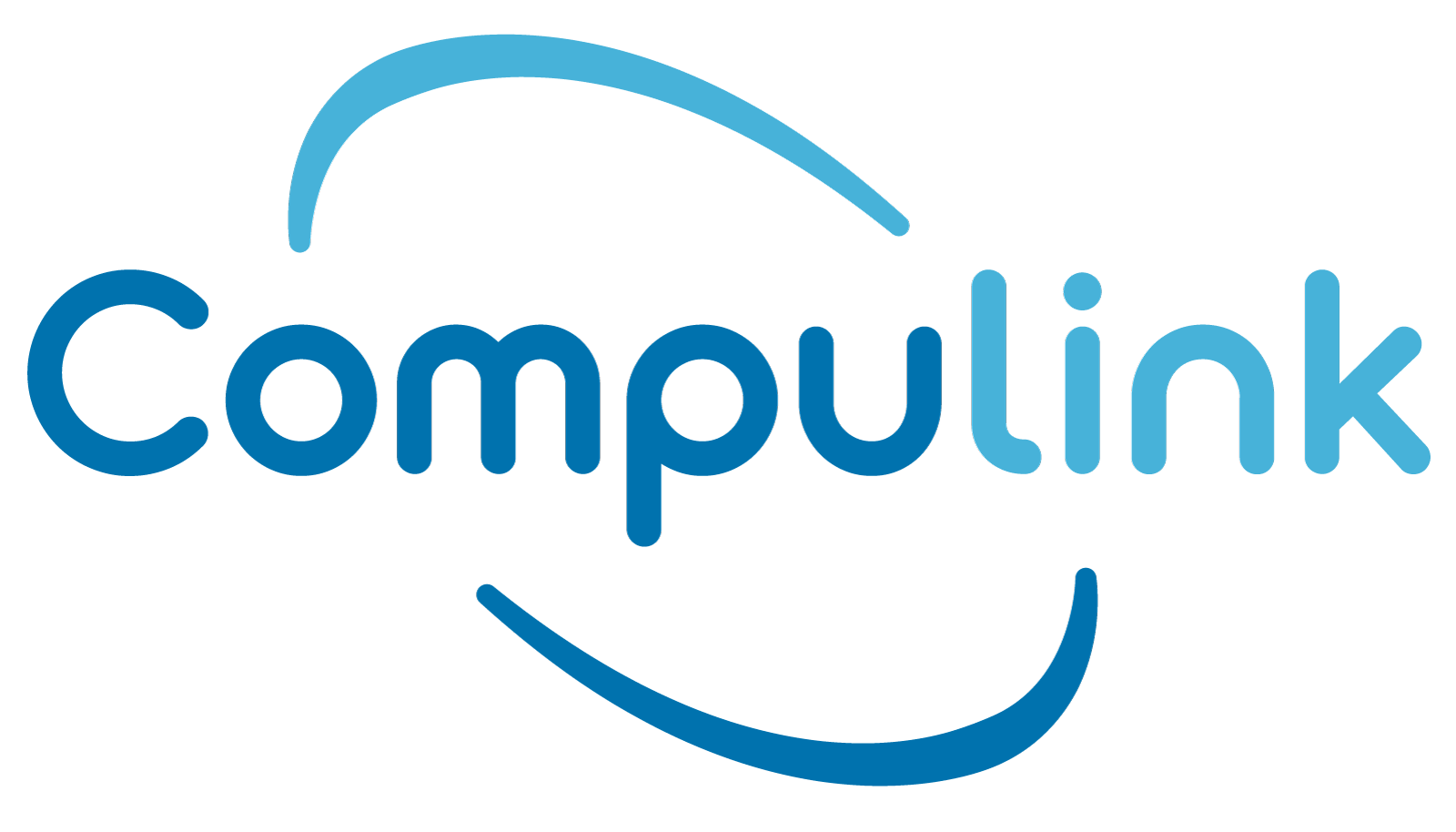A successful deployment and utilization of a Hybrid IT environment depends on an effective operations model. Get advice on how to deliver a secure environment, optimize resources and workloads, manage costs, and achieve an optimal ROI.
Legacy and physical data centers aren’t going away. If anything, they are consolidating and becoming more capable and powerful. And while cloud computing options continue to increase, more than 60 percent of businesses indicate that Hybrid IT solutions are now, and will be in the future, a significant part of their enterprise computing solutions.
Successful deployment and utilization of hybrid computing depends on an effective operations model. When properly implemented, Hybrid IT operations allow an unprecedented level of flexibility in the deployment of business solutions and the development of new processes and business opportunities.
Hybrid IT is optimized for knowledge worker-focused applications, but complex operations and applications from big data analytics to huge databases are also well suited in a properly managed Hybrid IT environment.
Hybrid IT operations focus on:
- Simplifying server and application deployments
- Making resource management invisible to the end user
- Providing security for infrastructure and data
What you’ll find inside:
Securing your Hybrid IT infrastructure
A discussion of the tools, techniques, and applications that allow you to secure your Hybrid IT infrastructure.
Placing your workloads where you need them
One of the key advantages of Hybrid IT is the ability to deploy applications and services when and where you need them, using physical and virtual platforms, while managing them as part of the cohesive whole.
Management across multiple clouds, services, and data centers
Enterprise-scale Hybrid IT solutions will include physical and virtual servers and services, often geolocated around the world. Learning to manage them as a single entity drives the greatest benefit from a Hybrid IT deployment.
Defining your core apps and services mix
It is critical to understand the core apps and services. While line-of-business applications are usually simple to identify, core applications are not always obvious, especially with shadow IT and credit card deployments.
Securing your data across the universe
In a world of cloud data and Hybrid IT deployments, having a comprehensive plan that allows IT to maintain the security of its data regardless of its location is a cornerstone of present and future IT activity.
Pricing Hybrid IT
It’s not just an issue of CapEx vs. OpEx. Determining the costs of an ongoing Hybrid IT deployment also means careful evaluation of how and where applications and services are deployed and where money is invested in order to realize the greatest ROI.
Delivering the edge
With edge computing and business IoT becoming major factors in enterprise deployments, how and where edge-based technologies should be deployed has become a significant concern to enterprise IT.




